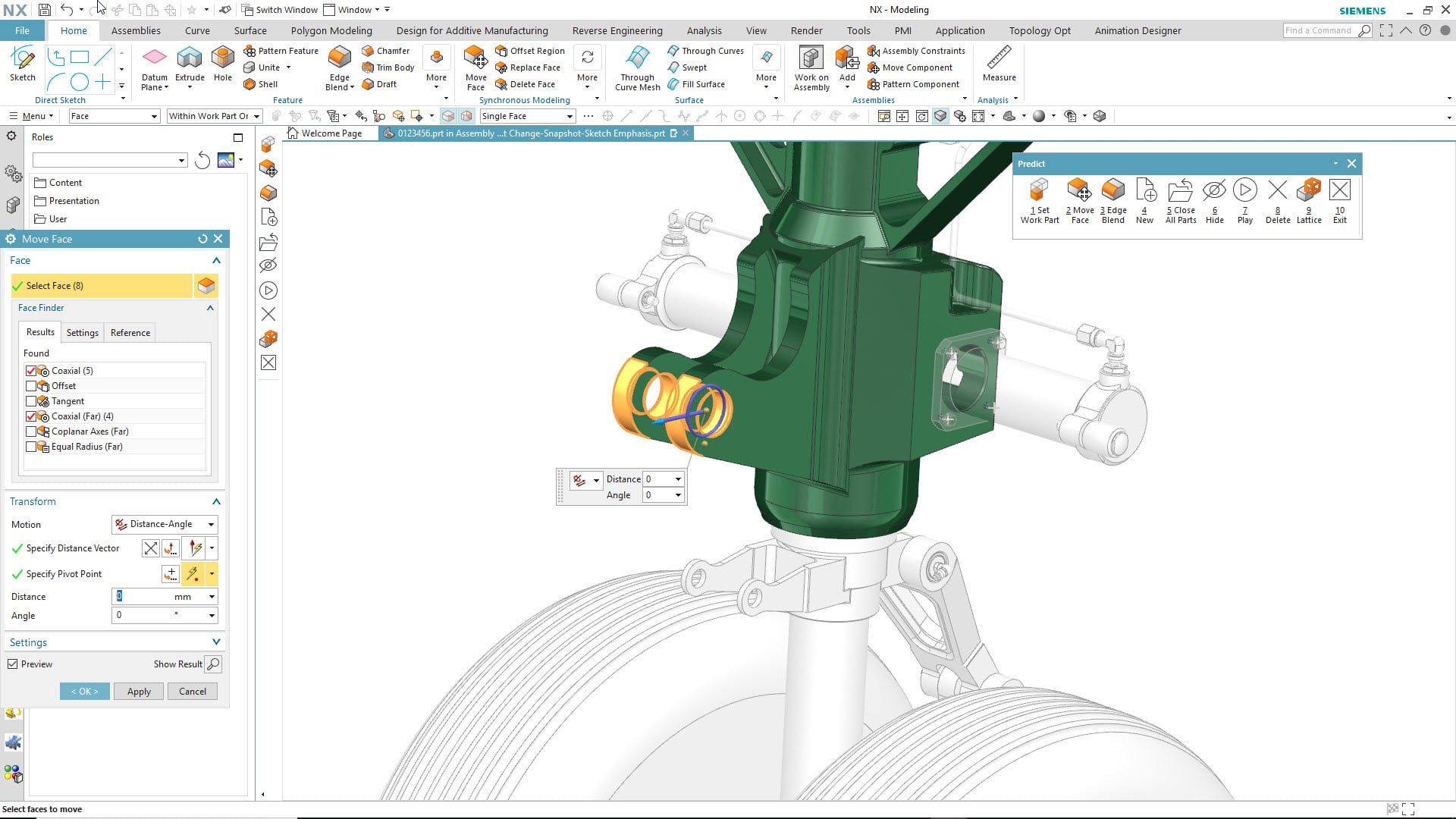

#Edge blending in ai software
Refer to the image below.Īdobe Illustrator is one of the most efficient and popular vector graphics editor software used by millions of professionals. It creates an opposite effect from the one obtained by the color mode. Using the luminosity mode, the Hue and saturation of the base color and luminance of the blend color combine to create the resulting color. This mode creates an inverse effect from that of the color mode. Step 20: Creates a resulting color with the hue and saturation of the base color and the luminance of the blend color. This mode can be useful while working on monochrome artworks, requiring the grey levels to remain intact and for tinting works. Step 19: In this mode, the resulting color is formed from the hue and saturation of the blend color along with the luminance of the base color. It also takes the saturation of the blend color for it. Step 18: Considers the luminance and hue of the base color for making the resulting color. Also, the blend color, it takes the hue value as well. Step 17: Luminance and saturation of the base color are taken into account while creating a resulting color. And while blending black, you will observe no changes at all. While blending the color white, the base color gets reversed. Step 16: Exclusion generates an effect identical to the difference mode however, the effect has low contrast. However, while blending with white, it reverses the base color and blending with black has no change. Step 15: Either the blend color or the base color gets subtracted from each other, relying upon which has a higher brightness level. This technique is effective for adding highlights or shadows to your artwork.

If the blend color is light, the screen color will look bright, and if it’s dark, then the artwork will become dark. Depending on the color of the blend, it amplifies or screens the colors. Step 14: Hard light creates a harsh spotlight effect on your work, as seen in the below image. If the blend color is lighter, then the artwork gets bright, and if it’s darker, the artwork becomes dark. It can darken or lighten the colors based on the blend color. It creates an effect similar to the diffuse spotlight for your artwork. Step 13: Darkens or lightens the colors, depending on the blend color. It mixes the blend color to reflect the lightness or darkness of the source color. The current artwork is overlaid by colors or patterns while retaining the highlights and shadows of the base. Step 12: Depending on the color of the base, it multiplies or screens the colors. This again has no effect when you blend with black. Step 11: Colour dodge increases the brightness of the base color based on the blend color. If your screen is the black color, you will find no changes, while screening with white will create white color. This produces a lighter color on the overlapping areas. Step 10: Screen increases the inverse of the blend and base colors. If an area is darker than the blend color, it will get replaced, and the areas that are lighter than the blend color will remain the same. Step 9: Lighten selects the lighter color either from the base or the blend color. Also, if you blend using the color white, it will make no changes. Step 8: Colour burn darkens the overlapping areas to reflect the color of the blend. If you multiply a color with black, it creates black and multiplying with white leaves the color remains the same. Step 7: It multiplies the blend color with the base color, forming a darker resulting color. The lighter parts than the blend color are changed, and the areas that are darker remain the same. It chooses the base or the blend color based on the levels of darkness. Step 6: When applying to darken, you will notice the overlapping part of the shapes become darker. It does not do anything and just keeps the base color the same as you picked it.


 0 kommentar(er)
0 kommentar(er)
